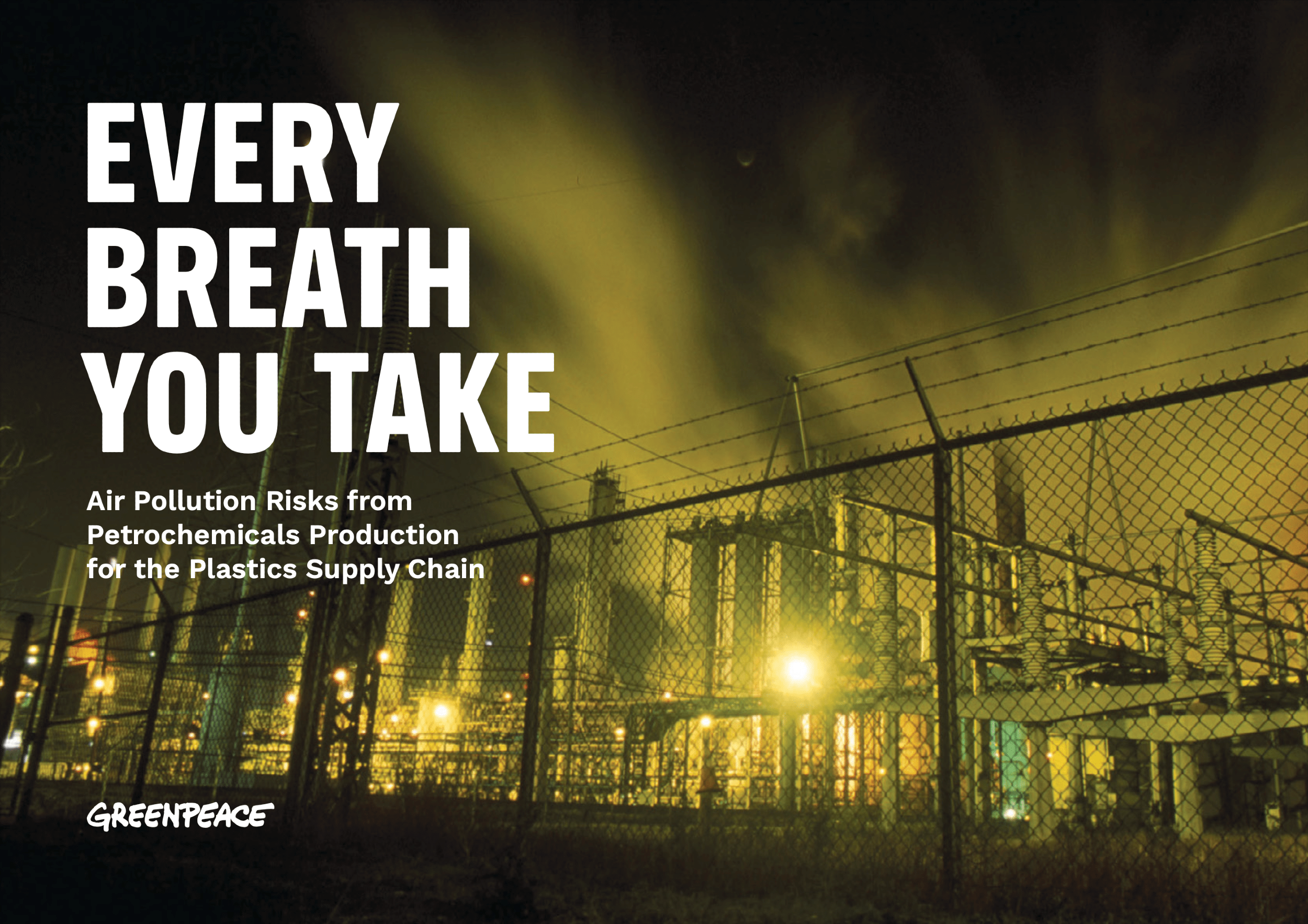Applied Sciences, Vol. 15, Pages 7792: Experimental Evaluation of Pet Food Waste as Biomass Fuel: Corrosion, Emissions, and Energy Potential
Applied Sciences doi: 10.3390/app15147792
Authors:
Harald Puratich-Fernández
Joaquin Aburto-Hole
Joaquin Díaz
Francisca Angerstein
Fernanda de Groote
Héctor Quinteros-Lama
Johan González
Diógenes Hernández
The pet food industry faces significant sustainability challenges, including reducing energy consumption, lowering emissions, and adopting circular economy practices. This study aimed to assess and propose energy efficiency measures to enhance sustainability within the sector. The research evaluated the use of unapproved food as biomass for boiler combustion. It analyzed its chemical composition, energy impact, and emissions of volatile organic compounds (VOCs) through TD-GC/MS, as well as the corrosion effects on boiler metals. An energy assessment of the production process and a combustion characterization of the waste were conducted to identify opportunities for improving energy efficiency and sustainability. The results demonstrated that the chemical composition of the waste and other biomass-related parameters were within acceptable economic and environmental ranges. A reduction of 0.015 Mg of CO2eq per Mg of produced pet food was achieved. Regarding VOCs, their environmental impact was minimal due to the molecular structure of the compounds. Additionally, the corrosion rate caused by waste incineration was comparable to that of domestic gas in the case of cat food, with a rate of 214.74 mpy, while the dog food yielded 55.42 mpy, which is near that of other types of biomass, such as wood chips and pellets. The use of residual biomass in pet food production is a viable alternative for reducing carbon footprint, promoting a circular economy, and improving the industry’s sustainability.
Source link
Harald Puratich-Fernández www.mdpi.com

